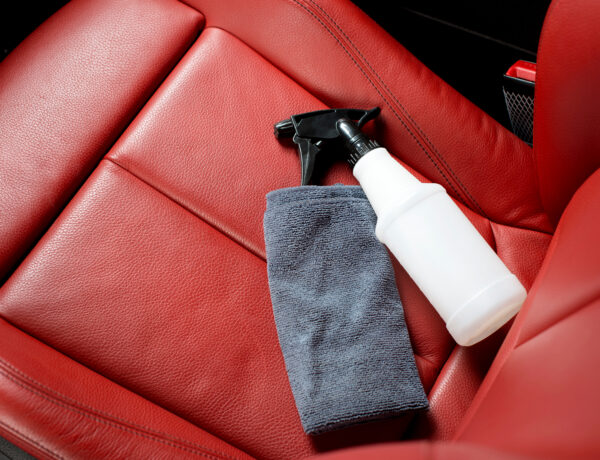It’s freezing outside. Inside your car it’s an icebox. You’re waving your hands over the heat vents hoping for quick warmth and then it happens, the tire pressure warning light blinks on. And it keeps happening every time you start your car or drive in the cold. Let’s see why that’s not a problem.
How tire pressure is monitored
A vehicle’s tire pressure warning light responds to the active sensor monitoring the pounds per square inch (PSI) of pressure each tire currently has. This is not a smart sensor, which means it only transmits that data point to your vehicle’s main information hub. It doesn’t have any way to interpret that data for you.
That’s where the trouble starts—the gap between our tech and our understanding.
Low tire pressure warnings
If your vehicle’s tire pressure drops below the factory-recommended setting, your warning signal begins to glow. This is when most of us either get out to inspect the tires for an issue or, at the very least, do a memory check for any instances of hitting a pothole or something else while driving that could be the culprit.
It’s when you’re confident there isn’t an actual cause for a tire leak, yet the warning light still turns on and begins haunting you.
Trust that it isn’t personal. The cold temperatures are working their science on you.
The science of cold vs. tire pressure
Let’s look at what is going on with these cold tires without turning this into a science lesson with a bunch of keyboard characters no one uses.
Tire pressure decreases at roughly 1 PSI for every 10 degrees the temperature drops. This is due to air condensing in cold temperatures, not air escaping from the tire.
Suppose you live in a cold seasonal region. In that case, winter temperatures can regularly drop below freezing, equating to up to 4 or 5 PSI losses in your vehicle, and trigger your low-pressure warning.
How to confirm it’s a weather issue
There’s no harm in being cautious, so if your check tire warning light is frequently coming on, it certainly makes sense to go somewhere to have that checked out.
If you want a few ways to check to see if it’s just the weather mentally, you can start by noticing when the tire pressure indicator comes on.
It will often come on when you start the car, especially in cold weather. Pay attention to see if it goes off once your car has warmed up. Sometimes it might take driving it for a few miles before the air expands with the heat and the pressure returns to normal.
How to manually check tire pressure
There is always the possibility that the information sensor either in your car or your tires is not functioning properly. Tire gauges are cheaply sold at most gas stations and definitely at any auto parts store.
Push the simple gauge into the stem of your tire, and it will give you an accurate pressure reading. You can then compare that to the recommended settings for your vehicle, which can most often be found on a sticker just inside your driver’s side door panel or the vehicle owner’s manual.
Why stress when there’s another option
Sure, reading gauges and warning lights might always trigger a stress and worry response, but how much of that would disappear if you didn’t have to worry about potential costs?
Budget flexibility is a primary focus for Flexcar, and it’s why we include maintenance and 24/7 roadside assistance with every Flexcar at no additional cost. Flexsters can experience 2020 or newer models with all the latest gadgets and tech – without any of the worries of something going wrong.




